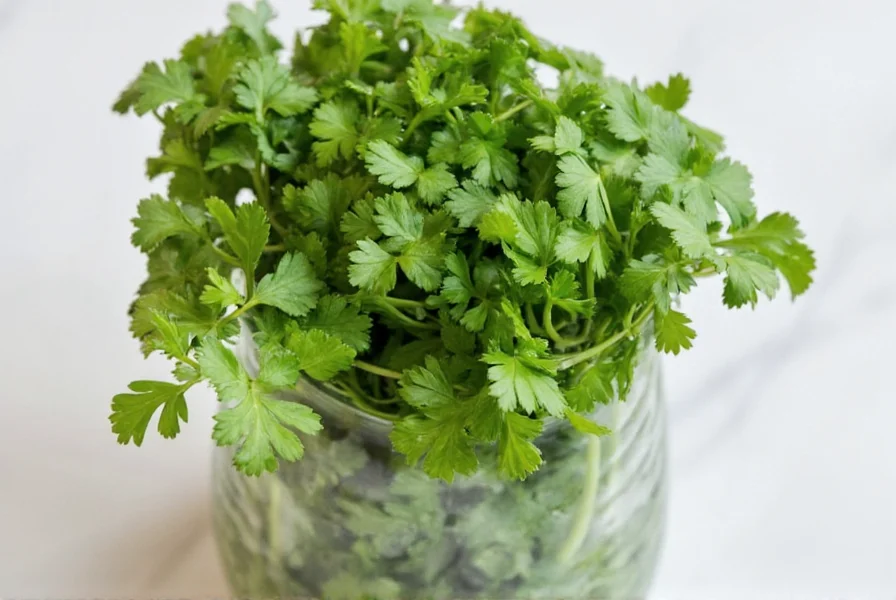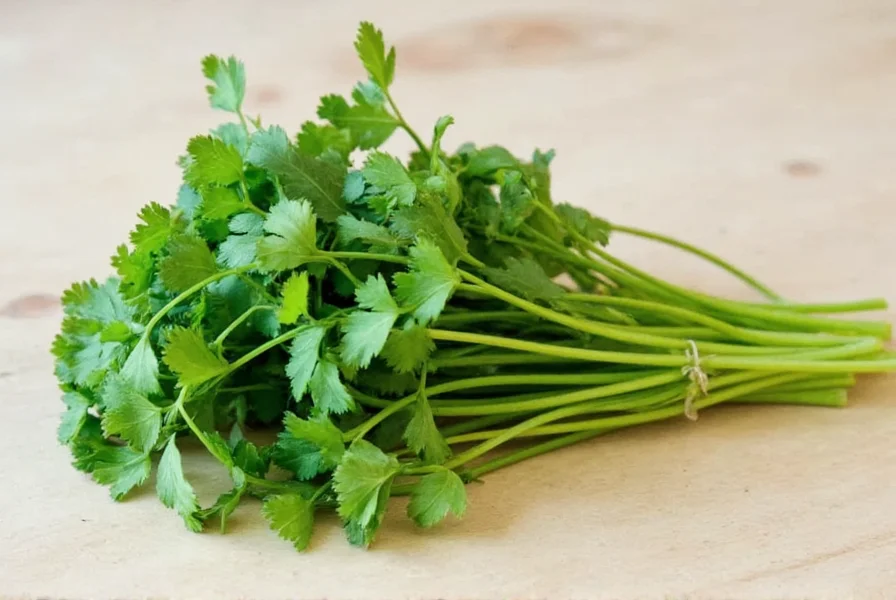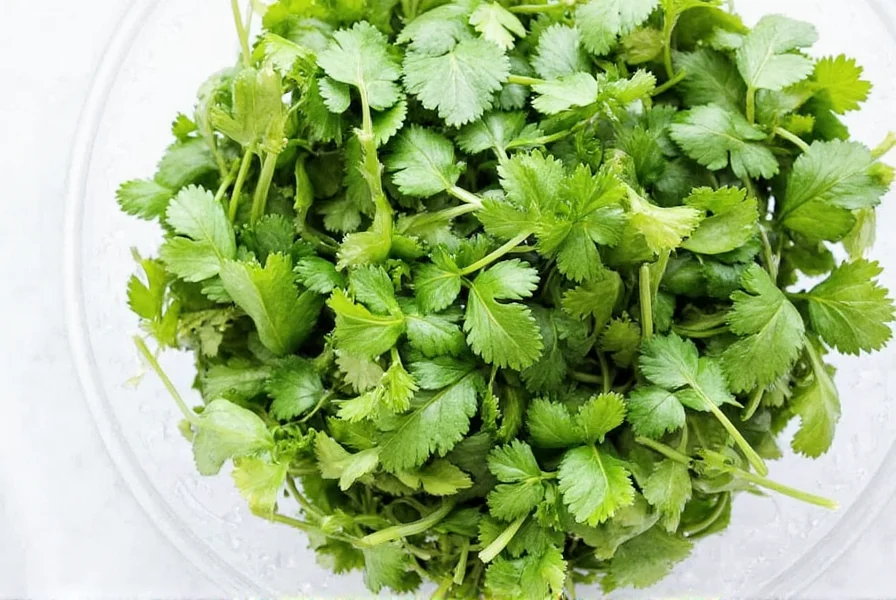Coriander (also known as cilantro) is notoriously difficult to keep fresh, often wilting within days of purchase. Understanding the best storage practices for coriander can dramatically reduce food waste while ensuring you always have vibrant, flavorful herbs available for cooking. The key lies in managing moisture and airflow—two critical factors that determine how long your fresh herbs maintain their crispness and aromatic qualities.
Why Proper Coriander Storage Matters
Coriander ranks among the most perishable fresh herbs due to its delicate leaves and high moisture content. When stored improperly, it develops brown spots, becomes slimy, or dries out within 3-4 days. Implementing the proper way to store cilantro in refrigerator conditions not only extends its shelf life but preserves the essential oils responsible for its distinctive citrusy flavor. Food waste statistics show herbs contribute significantly to household food waste—mastering how to keep coriander fresh longer represents both economic and environmental benefits.
The Science Behind Coriander Wilting
Coriander leaves contain high water content (approximately 92%) and emit ethylene gas, which accelerates aging. When cut from the plant, the stems continue to draw moisture upward through capillary action. Without proper hydration, the leaves lose turgor pressure and wilt rapidly. Refrigeration slows this process but creates challenges—excessive moisture encourages mold, while insufficient humidity causes dehydration. The best storage method for fresh cilantro balances these competing factors through controlled hydration and temperature.
Top 5 Storage Methods Compared
| Method | Shelf Life | Flavor Retention | Best For |
|---|---|---|---|
| Water + Bag Method | 10-14 days | Excellent | Daily cooking needs |
| Damp Paper Towel | 7-10 days | Good | Short-term storage |
| Freezing in Oil | 6 months | Very Good | Cooking applications |
| Airtight Container | 5-7 days | Fair | Pre-chopped herbs |
| Drying | 1-2 years | Poor | Spice applications |
Step-by-Step: Optimal Refrigeration Method
For maximum freshness, follow these precise steps for the water method storage technique:
- Trim ½ inch from the bottom of stems using sharp scissors
- Place in a glass or jar with 1-2 inches of cool water (change water every 2-3 days)
- Cover loosely with a plastic produce bag secured with a rubber band
- Store in the main compartment of your refrigerator (not the door)
- Keep away from ethylene-producing fruits like apples and bananas
This approach mimics the plant's natural growing conditions while slowing metabolic processes. The water replenishes moisture lost through transpiration, while the partial covering maintains humidity without trapping excess condensation that causes spoilage. Many home cooks report preventing coriander from going bad quickly using this simple technique.

Advanced Preservation Techniques
For those needing long term storage of fresh coriander, freezing provides excellent results when done correctly:
Freezing in Oil
Chop coriander leaves, pack into ice cube trays, cover with olive oil, and freeze. Once solid, transfer cubes to airtight freezer bags. This method preserves flavor compounds while providing convenient portions for cooking. The oil prevents freezer burn and creates instant flavor bases for soups, stews, and sauces.
Blanching Before Freezing
For extended storage beyond 3 months, blanch whole sprigs in boiling water for 15 seconds, then plunge into ice water. Pat completely dry before freezing in vacuum-sealed bags. This technique deactivates enzymes that cause flavor degradation while maintaining color.
Common Storage Mistakes to Avoid
- Storing in original plastic clamshell - traps excess moisture causing premature spoilage
- Washing before storage - introduces excess water that accelerates decay (wash only before use)
- Keeping near temperature fluctuations - refrigerator doors experience frequent temperature changes
- Storing with ethylene-producing produce - accelerates yellowing and wilting
- Using airtight containers without moisture control - creates condensation that promotes mold
Reviving Slightly Wilted Coriander
Don't discard coriander that's beginning to wilt. Submerge the entire bunch in ice-cold water for 15-20 minutes. The cold temperature shocks the cells back to turgidity. Gently pat dry before use. For more severely wilted herbs, trim stems and place in fresh water as described in the primary storage method. This simple technique for reviving wilted coriander leaves often restores 80-90% of original crispness.
Special Considerations for Home Gardeners
If harvesting coriander from your garden, pick in the early morning when essential oil concentration is highest. Cut stems rather than pulling leaves to minimize damage. For continuous harvest, never remove more than one-third of the plant at once. Consider growing coriander in containers that can be brought indoors during extreme temperatures—this extends your fresh supply significantly. Understanding how to store homegrown coriander properly ensures you maximize your gardening efforts.

Final Storage Recommendations
The best way to store coriander depends on your intended usage timeline. For immediate use within 2 weeks, the water method provides superior results. When planning for longer preservation, freezing in oil offers the best flavor retention for cooking applications. Always inspect stored coriander before use—discard any portions showing significant discoloration or sliminess. By implementing these evidence-based storage techniques, you'll significantly reduce waste while enjoying vibrant, flavorful coriander in your dishes year-round.











 浙公网安备
33010002000092号
浙公网安备
33010002000092号 浙B2-20120091-4
浙B2-20120091-4